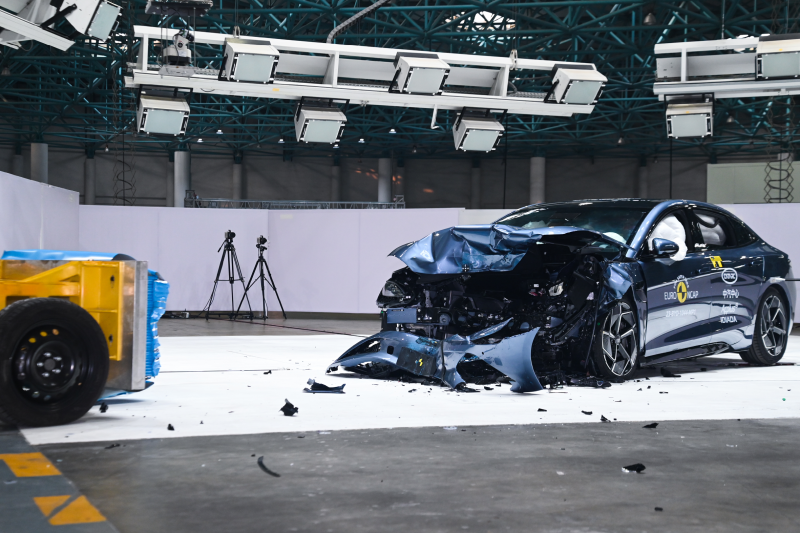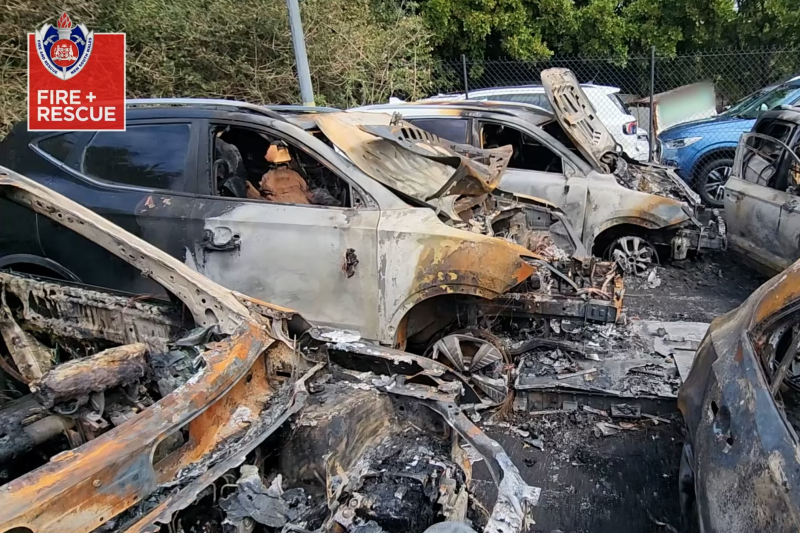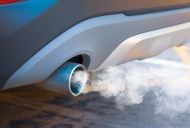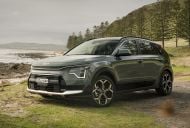Australian electric vehicle (EV) owners are paying more to insure their cars than those who opt for equivalent petrol and diesel models, but that might not be the case for long.
The Insurance Council of Australia (ICA) has released its “Electric Vehicles and Insurance” report, detailing the hurdles EVs face and how the industry can adapt to Australia’s changing car buying trends.
Research from the organisation confirmed EVs cost more to insure than traditional internal combustion engine (ICE) powered cars, not only due to the higher price of parts – especially batteries – but the resources required to fix them.
To reduce these costs and lessen the gap between the two types of vehicles, the ICA has recommended greater government investment towards EV-specific training for vehicle mechanics, as well as continual reviews of standards affecting the car insurance industry.
“The cost of insuring an EV can vary when compared with ICE vehicles due to a number of factors, such as the higher value of the asset being insured, delays in repair and increased repair costs,” the ICA’s report says.
“There are opportunities to tackle some of these challenges, including via government investment in the upskilling of existing technicians and training new technicians to work on electric vehicles and associated infrastructure.”
“As the Australian market matures and EV charging technologies continue to evolve and develop, the relevant standards should be reviewed and amended as required to ensure they remain fit for purpose and to make it easier for insurers to underwrite EVs.
“There may be further opportunities to amend the EV regulatory environment over time if data suggests this is required.”
The ICA’s report also touched on how the low risk but high ferocity of EV fires can affect insurance industry’s coverage of battery-powered vehicles.
In 2023, Fire and Rescue NSW (FRNSW) attended only three EV fires where a high-voltage battery was found to be the source of the blaze, with EV FireSafe data showing these accounted for half of such recorded incidents in Australia.
“Research indicates that road registered EVs do not present a greater risk of fire occurrence than ICE vehicles, however when EV battery fires do occur, they need to be managed differently and may require more time, resources and water to manage the incident.
“Despite the low risk of battery fire, the consequence of an EV fire is potentially significant, particularly its impact on surrounding infrastructure. Battery fires are generally harder to extinguish and require different approaches by firefighters.
“Lithium-ion batteries are essentially a fuel source, so the fire can burn for hours, with firefighters often unable to immediately extinguish these fires.
“The risk of EV battery fires has direct implications for personal and commercial lines, including auto and property insurance and other types of insurance depending on where the fire occurs.
“EVs that catch fire inside a home garage, in a public parking garage, or at a dealer or repair facility can damage these structures or any adjacent or nearby property.”
To negate some of this risk, the ICA has recommended insurers to partner with EV charging providers to minimise potential damage.
“Insurers can advise on the placement of charging points with considerations made around repair times in the event of machinery breakdown, or with climate considerations to ensure charging points are constructed and placed to withstand extreme weather events.”
EV sales in Australia reached a record high of 87,217 deliveries in 2023, and the market is almost one-third up in the opening four months of 2024.










